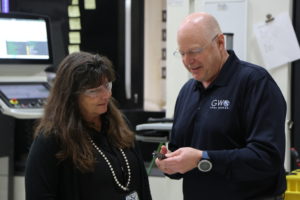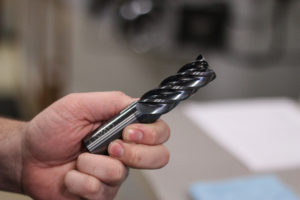Blog
Team Effort Speeds Production of Intricate Titanium Aerospace Parts
Superalloy Manufacturing Solutions Corporation offers turnkey components for aircraft engines and other mechanized systems in the commercial and military sectors. As you can well imagine, their customers are very particular about quality and delivery time. When an order came in for a titanium pylon part for aircraft landing gear, Marcia DeVeny, Superalloy Senior CNC Programmer, was tasked with programming the part, and started exploring the best way to get it done.
The project was for 8 sets for a total of 16 components, which would be machined on the company’s new DMG Mori Horizontal Machining Center. The finished part has several deep cavities in it that are within thin walls, a demanding application that requires the right tool, right machine and the right toolpath strategy.
Teaming Up
Titanium is expensive, and planning for a machining project like this can resemble the preparations for a moon landing. Marcia did her homework to make sure the ideal cutting tools and toolpaths were in place before hitting the “cycle start.” She decided to consult with Mark Scott, a GWS Application Specialist with over 20 years of industry experience.
After reviewing the prints and specs, Mark looped in Mike Littlejohn, GWS’s Senior Applications Specialist. Mike is GWS’s programming guru, and he recommended adaptive milling: a technique available on NX 12 CAM software that uses a large axial depth and a small radial depth of cut for high-speed cutting. Mike demonstrated the technique to Marcia on a shared screen. “Seeing it in operation was a big help,” she said. He also showed her how to approach the pockets, and Marcia purchased the adaptive milling license from Siemens.

While Mike was helping online, Mark worked with Marcia onsite to help dial in the application. The team proved out the process in a steel set-up part first. When satisfied, they adjusted Speeds & Feeds for Titanium. A lot of fine tuning was needed to pin down the process. “Mark was in here almost daily to help us get this running,” Marcia commented. “As we worked through the application, he would bring in trial tools to improve the process. The turnaround time on those was incredible.”
The Right Tool
Mike has a lot of experience helping customers machine titanium (see “Milling Titanium is a Lot Easier with Specialty Tools from GWS”). He outlined the problem with the material. “Titanium has a tendency to generate excessive heat during the machining process. It has low thermal conductivity characteristics so the heat mainly gets transferred to the cutting tool. This results in long continuous chips that can weld on to the tool edge, giving you a poor finish, or worse yet, out of tolerance parts. Feeds and Speeds need to be dialed in carefully if you want to mill it successfully.”

To counter these problems, he suggested the PYSTL 538 series which has a dedicated geometry and Alcro-Max coating that are ideal for titanium. The team used a range of sizes to get the best result, deciding on 1” and ½” tools. “The 1” tool did 90% of the job (pocket milling and all the OD work),” Marcia recalled. “The cornering work was done with the ½” tool.” As expected, the PYSTL did a great job breaking up chips.
The Results
Superalloy ran the parts in less than ½ the time of a test program, also running pocket milling, but using older cutting techniques. They finally reduced the cycle time to 8.5 hours per set, going to the full depth of the floor of the part, almost 2.5”. Using adaptive milling, they achieved 7% engagement on the cutting tool, and a much higher metal removal rate of 5.78 in 3/min than the test program.
Each part only used three 1” diameter tools to complete. “GWS initially recommended a cutting time of approximately 100 minutes per tool,” Marcia said. “But when I looked at it after 90 minutes and saw minimal visible wear, we decided to keep going. The tools lasted up to 180 minutes after finding the sweet spot of Speeds & Feeds and optimized MRR.”
Customer Support Plus
Now that the project is complete, Marcia said, “The assistance of Mike and Mark on this project went way beyond the cutting tool on this application. They never hesitated while providing two levels of support: Mike provided remote advanced programming help and Mark gave us onsite application support.”
This was a smaller production run, but Marcia indicated that there are many opportunities beyond this initial application in the same product family. “What we learned here will pay benefits to Superalloy and our customers for years to come.”
If you have a complicated machining situation and could use some advice from guys like Mike and Mark, contact us anytime. We’ll be glad to help.
